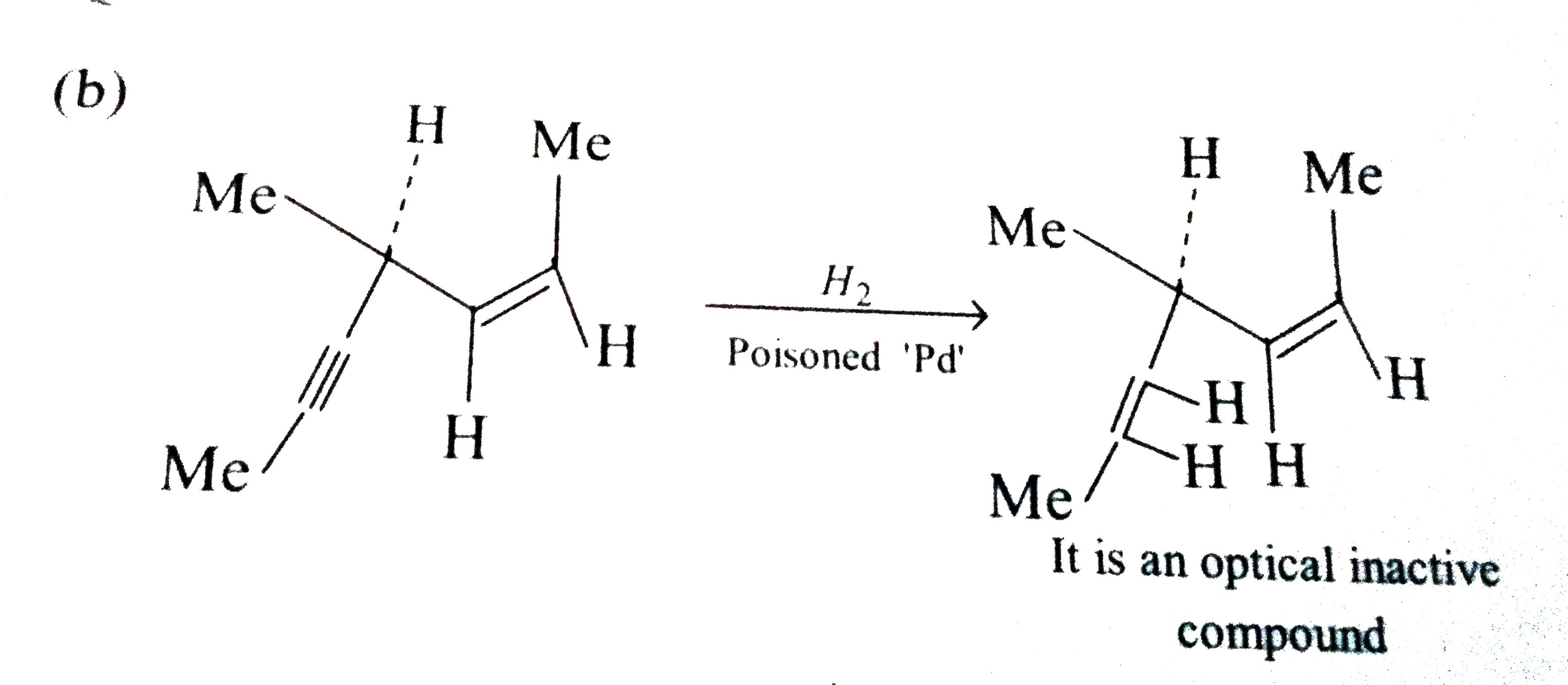Hydrogenation of the adjoining compound in the presence of poisoned palladium catalyst gives
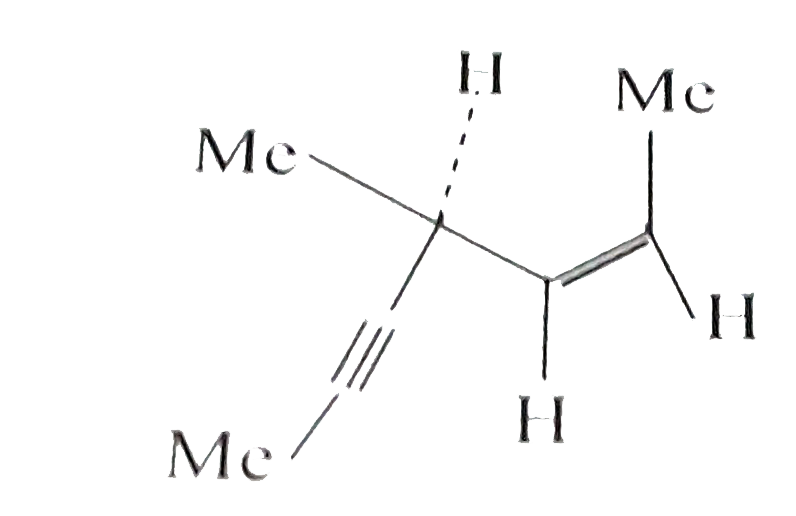
A
An optically active compound
B
An optically inactive compound
C
A racemic mixture
D
A diastereomeric mixture
Video Solution
Text Solution
The correct Answer is:B
|
Updated on:21/07/2023
Topper's Solved these Questions
- BOOK - ERRORLESS CHAPTER - HYDROCARBONEXERCISE - JEE SECTION (More than one choice correct answer)35videos
HYDROCARBON
- BOOK - ERRORLESS CHAPTER - HYDROCARBONEXERCISE - JEE SECTION (Reasoning type questions)4videos
HYDROCARBON
- BOOK - ERRORLESS CHAPTER - HYDROCARBONEXERCISE - CRITICAL THINKING (Objective questions)24videos
HYDROCARBON
- BOOK - ERRORLESS CHAPTER - HALOGEN CONTAINING COMPOUNDEXERCISE - Critical Thinking (Jee (Advanced) 2018)1videos
HALOGEN CONTAINING COMPOUND
- BOOK - ERRORLESS CHAPTER - IONIC EQUILIBRIUMEXERCISE - JS Jee Section (JEE Advanced (Numeric answer type question))1videos
IONIC EQUILIBRIUM
Similar Questions
Knowledge Check
- Question 1 - Select One
Hydrogenation of the following compound in the presence of poisoned palladium catalyst gives
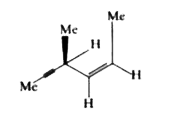 Aan optically active compoundBan optically inactive compound.Ca racemic mixtureDa diastereomeric mixture
Aan optically active compoundBan optically inactive compound.Ca racemic mixtureDa diastereomeric mixture - Question 2 - Select One
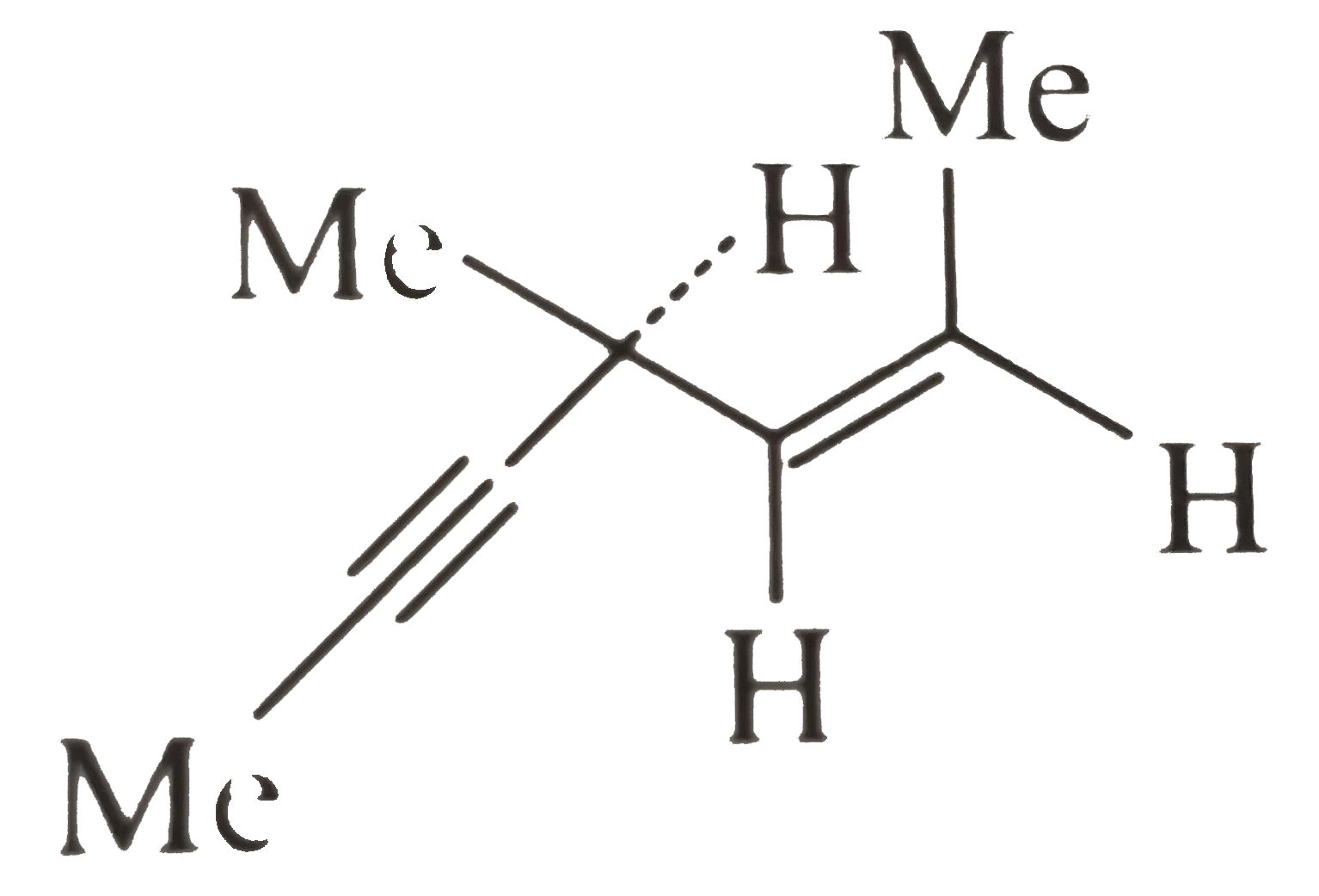
Hydrogenation of the above compound in the presence of poisoned Pd catalyst gives:AAn optically active compoundBAn optically inactive compoundCA racemic mixtureDA diasteromeric mixture - Question 3 - Select One
CH3−CH2−CH2−CO−CH2−CH(CH3)2
Catalytic hydrogenation of above compound m the presence of nickel catalyst givesAan optically inactive compoundBan optically active compoundCcompound with plane of symmetryDan tertiary alcohol
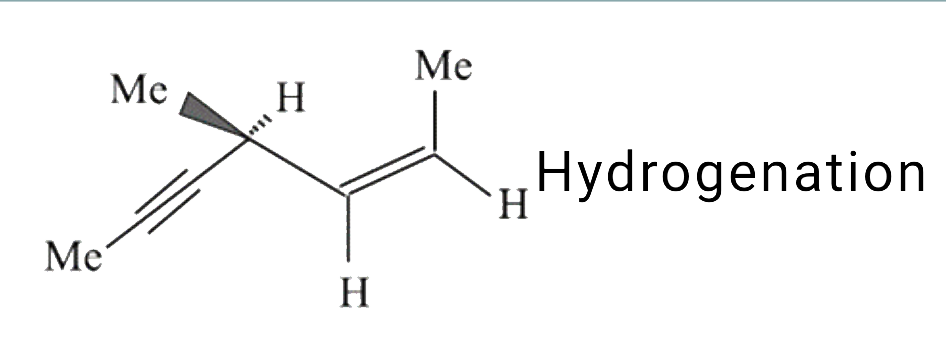 Hydrogenation of the above compound in the presence of sodium in liquid ammonia gives - View Solution
Hydrogenation of the above compound in the presence of sodium in liquid ammonia gives - View SolutionHydrogenation of the compound

with H2 in the presence of Lindle catayst givesView SolutionHydrogenation of vegetable oils in the presence of finaly divided nickel as catalyst, the reaction is :
View SolutionHalogenation of anisole is carried in the presence of catalyst
View SolutionThe dehydrogenation of n- Hexane in the presence of a catalyst gives ______.
View Solution


